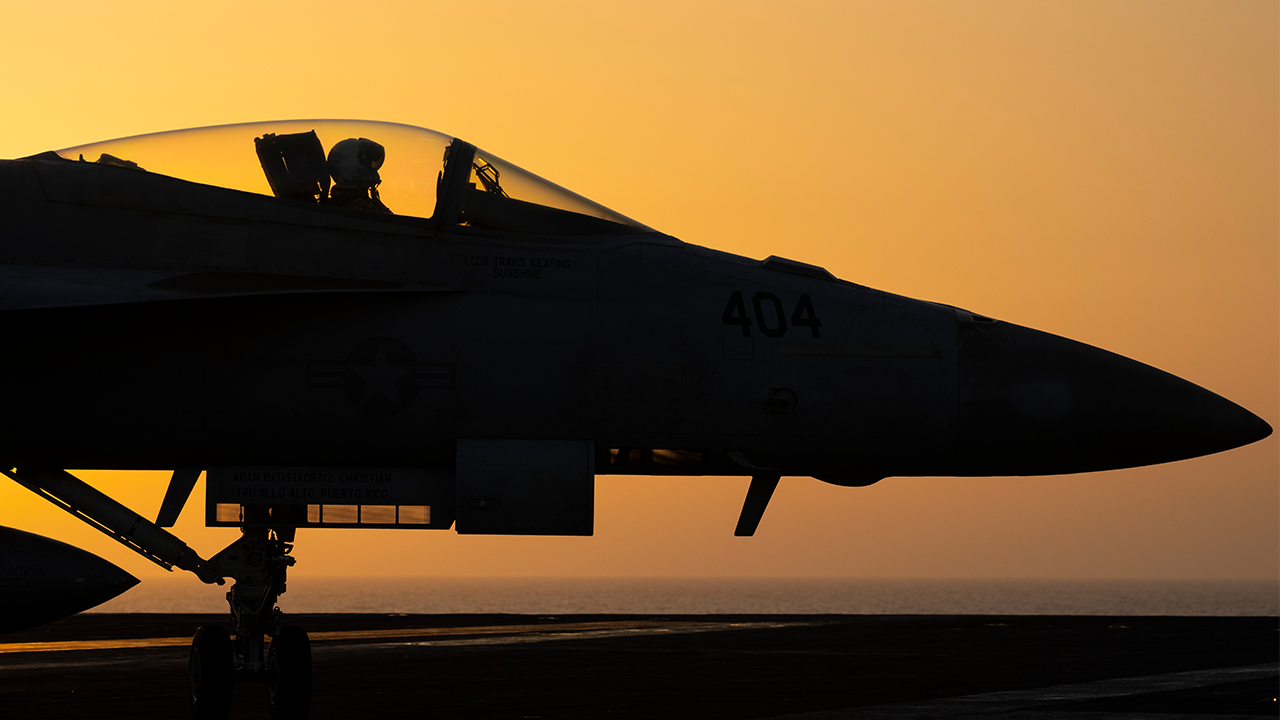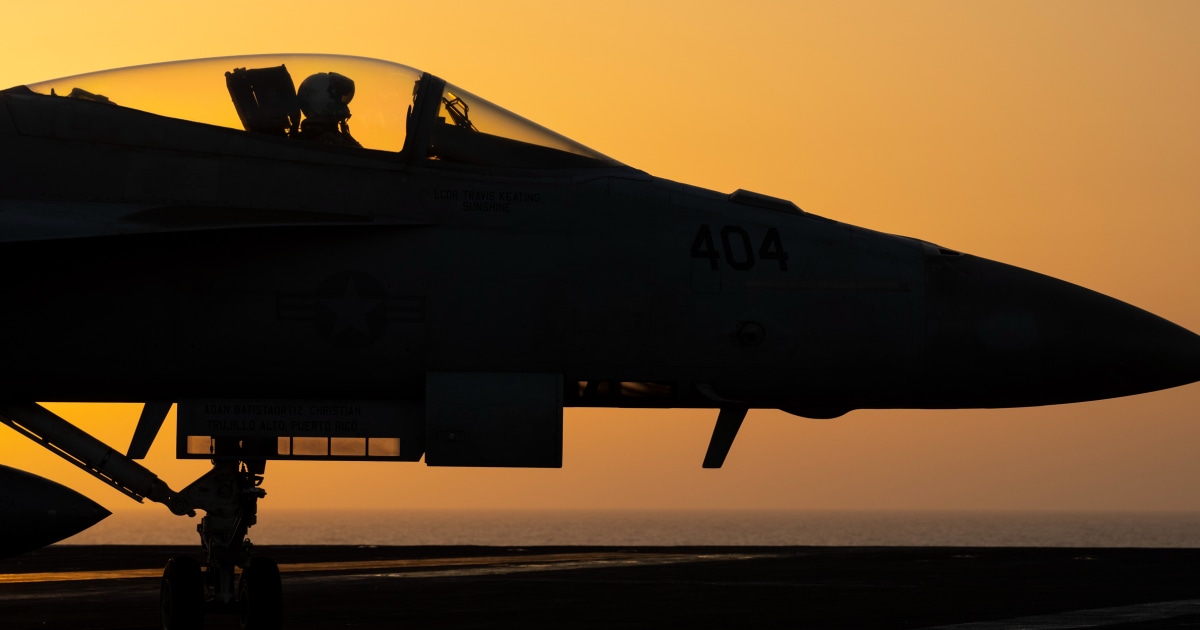World
Can Donald Trump’s Iron Dome plan keep America safe?

JUST BEFORE Donald Trump became the Republican nominee for president, the party published its foreign-policy goals: “Prevent world war three, restore peace in Europe and in the Middle East, and build a great Iron Dome missile-defence shield over our entire country”. The last of those promises has become a staple of the Trump campaign. In his speech accepting the nomination, he promised that an American missile shield will ensure “no enemy can strike our homeland”, adding that it would be “built entirely in the USA”.
In an era of wars, weapons proliferation and nuclear threats, missile defence is back in political fashion more than at any time since Ronald Reagan’s pursuit of space-based systems in the 1980s. It is not just MAGA politicians who are keen. Ursula von der Leyen, the president of the European Commission, recently promised “a European Air Shield”.
The wars in Ukraine and the Middle East have been terrifying testing grounds for new types of projectiles—from small drones to long-range hypersonic missiles—and for the technologies which knock them out of the sky. As this article was published, Israel, backed by its allies, stood ready to try to counter another possible large-scale aerial attack by Iran, following its firing of 300-odd projectiles at Israel in April. On August 10th and 11th Russia struck Ukraine yet again, using North Korean missiles and Iranian-designed drones.
Missile defences have been put to the test and have acquitted themselves well, bolstering those who would like to build more ambitious shields. But missiles are evolving, becoming more manoeuvrable and harder to track. China is in the midst of a huge missile build-up and proliferation is putting weapons that were once the preserve of countries into the hands of non-state actors, such as Houthi rebels in Yemen. All this means a new generation of sensors and interceptors will be needed, with an enormous price tag.
Start with the basics. The language of domes and shields suggests that one system can parry all aerial threats. In fact air and missile defence consists of interlocking pieces. Sensors, typically radars, detect targets, such as drones and missiles. Data are crunched by computers to work out which projectiles are headed where. The results are fed to guns or interceptor missiles, usually on the ground, or more rarely aboard planes, which then attempt to neutralise the threat, usually by colliding with it or exploding near it.
Each piece plays a distinct role. An anti-drone gun cannot take down a ballistic missile; an interceptor designed to destroy nuclear-armed intercontinental-range ballistic missiles (ICBMs) in space would not tackle a piddling drone. Defences are thus “layered” on top of one another to cope with threats of different range, speed and trajectory.
Interpreted narrowly, the idea of an Iron Dome over America doesn’t make much sense. That Israeli system intercepts small short-range rockets fired by militants in Gaza and Lebanon. It has little relevance to America (“unless Wisconsin plans on rocketing…Chicago”, says Jeffrey Lewis, an expert). America does deploy so-called “point defences” at key areas—one such system, which can intercept planes and cruise missiles from a range of 40km or so, has guarded Washington, DC, for almost 20 years.
What Mr Trump is probably endorsing is the more ambitious task of detecting and intercepting nuclear-armed ICBMs fired at America. This is daunting. The missile is vulnerable in its slow “boost” phase after take-off, but that requires a fast response on enemy territory. It is easier to hit “midcourse” but by then it has cooled down as it hurtles through space without boosters, making it hard to track with infra-red sensors. Intercepting the warhead on its final approach is tricky because of its speed, of some 7km per second.
Counter-ICBM defence has been a controversial endeavour. After George W. Bush abrogated the US-Soviet Anti-Ballistic Missile (ABM) Treaty of 1972, America spent more than $67bn on the ground-based midcourse defence (GMD) system, which depends on 64 interceptor missiles in Alaska and California, guided by large radars on land, at sea, on destroyers and a repurposed oil platform, and sensors in space. This system is supposed to protect against countries with small arsenals of nuclear weapons. Top of the list is North Korea which, in 2017, tested a missile capable of reaching all major American cities. Critics argue that the scheme is unworkable—nine out of 21 intercept tests since 1999 have failed—and that it has encouraged an arms race with Russia and China, who say it undermines their own deterrents and gives them an incentive to build more and different missiles to get around it.
Advocates retort that the four most recent GMD tests, the last of which was in December, have been successes. Indeed some would like to take it further. Bob Peters of the Heritage Foundation, a pro-Trump think-tank, argues that Russia or China might consider firing a dozen or so “low-yield” nuclear weapons against military targets in the continental United States during a war, on the assumption America would be deterred from retaliating on a large scale for fear of inviting further strikes against American cities. Mr Peters reckons that America should thus build defences that could take out “upwards of 100 inbound threats”, the idea being that adversaries would have to fire many more than that to get some through—a far riskier gambit. This idea is horrifying to most arms-control advocates.
Only America has the resources to seriously consider this sort of shield. Most missile defence is about more modest threats and largely non-nuclear ones: conventional missiles fired over hundreds of kilometres, rather than nuclear ones fired over oceans. Recent wars offer encouraging evidence. Last year Israel conducted the first-ever interceptions of Iranian ballistic missiles, fired from Yemen, using its Arrow 2 and 3 systems, which handle long-range threats. The latter was the first wartime interception ever made in space. On April 13th Israel, America and other allies shot down 99% of the 550-plus projectiles fired by Iran and Hizbullah in a single night, the largest missile barrage in history, according to Israel’s armed forces.
The record in Ukraine, which has been running dangerously short of interceptors, is spottier. Between May and October 2023 Ukraine shot down 73% of Russian missiles, according to the Wall Street Journal. In the subsequent six months that fell to 46%. But Ukraine claims that American-made Patriot batteries have shot down 40% of the advanced air-launched Kinzhal missiles fired by Russia which, if true, would be impressive. Countries often exaggerate the success of their defences. But what is not in doubt is that Patriot and its European ilk have averted heavy casualties and considerable damage. In Israel, “thousands of lives have been saved,” estimates Moshe Patel of Israel’s Missile Defence Organisation.
The problem is that the defenders’ task is becoming harder. Precision guidance, which was rare in the 2000s, is ubiquitous. The Scuds fired by Iran and Iraq in the 1980s, or by Iraq against Israel in the 1990s, were inaccurate terror weapons, good only for hitting cities. The weapons fired by Iran and its militia allies today have pinpoint accuracy. More of them have to be intercepted than would have been the case a decade ago, because more would otherwise hit their target. That risks exhausting interceptor batteries more quickly.
The second issue is that missiles’ trajectories are also changing. In the past, missiles broadly came in two flavours. Cruise missiles—in essence, disposable aircraft—were manoeuvrable and tended to fly close to the ground, making them harder to track on radar, but also slower, because they flew through denser air. Ballistic missiles flew predictable parabolic trajectories, up and down, fast and high, making them easier to spot earlier. The complication, note Jack Watling and Sidharth Kaushal of the Royal United Services Institute (RUSI), a think-tank, is the appearance of weapons which blur these categories—in some cases precisely because America’s adversaries wanted to confound its defences.
Some things are now fast but also low and erratic: new so-called aeroballistic missiles, like the Kinzhal and North Korea’s KN-24, are designed to spend more time within the atmosphere after re-entering it and can jink around during flight. A new generation of hypersonic glide vehicles (HGVs), like China’s DF-ZF, are lofted on rockets but then skim through the atmosphere like cruise missiles. Small suicide drones pose a serious challenge to radars that were designed for bigger and faster aerial threats.
Old threats, too, are returning. China has tested a Fractional Orbital Bombardment System (FOBS), essentially a nuclear-armed satellite that plunges to Earth before completing a full orbit, a weapon last operated by the Soviet Union in 1983. And all these are combining in complex ways: “Future threats will include missile-drone combinations, spaceplanes, aeroballistic missiles, and other hybrids that strain simple categorisation,” argue Tom Karako and Masao Dahlgren of the CSIS think-tank. Israel appears to have used small quadcopters to distract Iranian air defences in April before it used a sophisticated air-launched ballistic missile to take out a radar.
The challenge is not only to intercept all these things, but to do so economically. In the 1980s Paul Nitze, Reagan’s arms-control negotiator, set out what is now called the Nitze criterion: that a missile-defence system must be “cost effective at the margin”, so that an adversary could not simply overwhelm any defences with far cheaper missiles. Today the ratio is frequently unfavourable: Ukraine, at home, and America, in the Red Sea, have both had to devote expensive interceptors to take out cheaper Iranian-made drones.
Advocates of missile defence bristle at this sort of comparison. They argue that any calculation must also factor in the cost of failing to intercept the missile: the loss of critical infrastructure in Ukraine, or the disruption to shipping in the Red Sea. “On April 14th”, the day after Iran’s barrage, notes Mr Patel, “the stock exchange in Israel continued to work and people went to work on that day.” Nonetheless the expense involved is formidable. Mr Karako has estimated that building layered defences for Guam, a strategically important American island in the Pacific Ocean which is just over 500 square kilometres, against Chinese missile attack would probably cost roughly $5bn.
Even when it is possible to use cheaper systems, that often entails running more risk. Wes Rumbaugh of CSIS points to the example of the USS Gravely’s destruction of an Iranian-made anti-ship cruise missile in the Red Sea in January. The ship used 20mm bullets fired from its Phalanx cannon—cheap as chips. But they could only engage the threat once it was dangerously close, within 2km of the $2.5bn ship. The encouraging news is that the cost of many interceptors is coming down. Between 2018 and 2023, notes Mr Rumbaugh, the cost of the navy SM-6 missiles—which were first used in combat in the Red Sea against Houthi drones in December—fell every year in real terms. The use of lasers to intercept threats at the speed of light without expending any ammunition at all is promising, too.
More or cheaper interceptors are not the only issue, though. “Missile defence is fundamentally a sensing problem,” argues Mr Dahlgren. It is impossible to shoot down what you cannot track. But the same technological leaps which are helping missile-makers are also helping the defenders. Hypersonic gliders, for instance, are harder to spot both because they fly lower and, during their glide phase, lack bright rocket plumes. One answer is to take advantage of falling space-launch costs to place lots of sensors in orbit. Infra-red sensors, which are getting steadily better, might spot the glider heating up from air resistance; radio-frequency sensors might detect the charged plasma created as the glider cuts through the air. It is also getting easier to crunch the data produced by sensors, says Mr Dahlgren, giving the example of how the North Warning System, a set of American and Canadian radars, has been souped up with artificial intelligence. Amassing data through international co-operation, such as that between Israel and its Arab partners, will become important.
Despite the bullishness of Mr Trump and other politicians, no missile shield will ever be impermeable. The success that they have enjoyed with short- and medium-range missiles in Ukraine and Israel does not automatically translate into success against ICBMs. As missiles get cheaper, more accurate and distributed to smaller countries and armed groups, the threat will continue to grow. Countries will find that, like Ukraine, they will be forced, in wartime, to choose between protecting their civilian population, critical infrastructure, military bases and frontline troops. What is certain is that the race between missile and the interceptor is entering a new and more uncertain era.
Stay on top of our defence and international security coverage with The War Room, our weekly subscriber-only newsletter.










